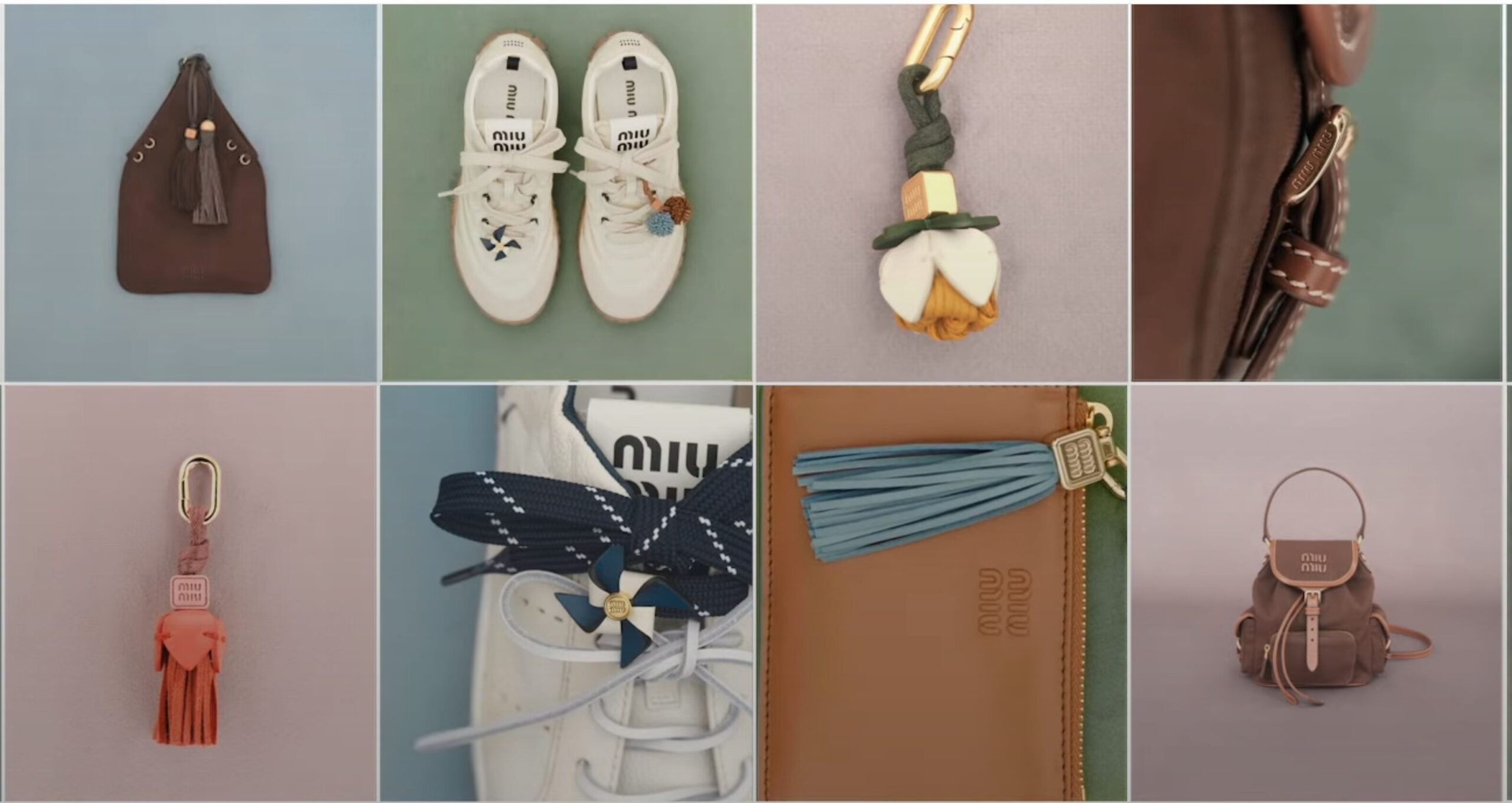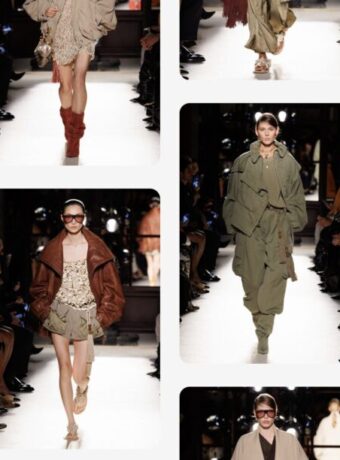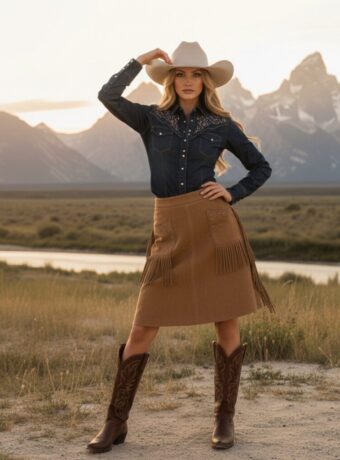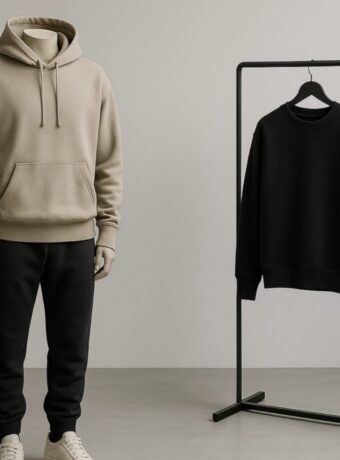Why Miu Miu Is the Hottest Brand in 2025 Fashion Right Now (and the Designers Rising Alongside It)
*Disclosure: This post may contain affiliate links. If you make a purchase, we may earn a small commission at no extra cost to you. Thanks for supporting TwoStep and Tequila!
In the ever-shifting world of luxury fashion, few brands have captured the zeitgeist quite like Miu Miu. Once the quirky younger sister of Prada, Miu Miu has now claimed its own crown — topping “world’s hottest brand” rankings, setting viral trends, and achieving record-breaking sales.
As a fashion analyst, I’ve been watching this meteoric rise closely — and it’s a masterclass in brand positioning, cultural influence, and trend agility.
The Miu Miu Effect: Why It’s So Popular Right Now
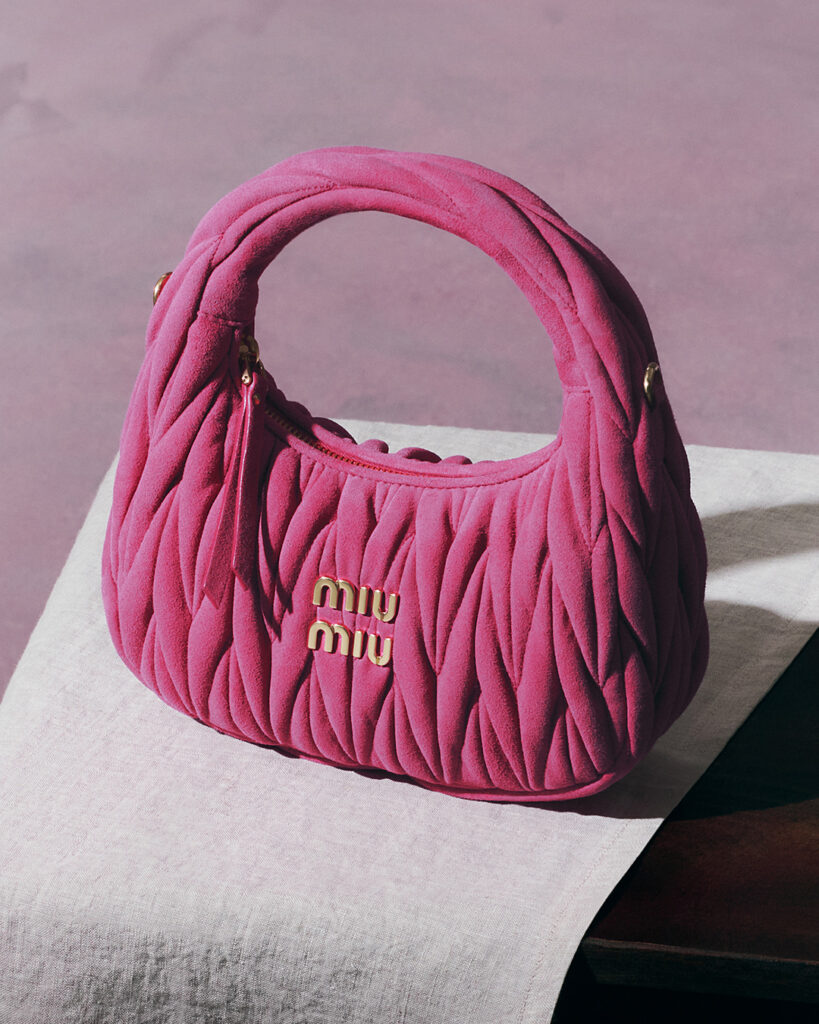 1. A Youth-First Identity That Feels Authentic
1. A Youth-First Identity That Feels Authentic
While many heritage brands struggle to connect with Gen Z, Miu Miu has made youthfulness its superpower. From balletcore-inspired looks to librarian chic and playful pleated minis, the brand doesn’t just hop on trends — it reshapes them. Every collection feels fresh, mutable, and authentic, which resonates deeply with younger fashion consumers.
2. Viral Fashion Moments That Drive the Conversation
Miu Miu understands the modern fashion economy runs on moments.
-
The micro-mini skirt became a cultural phenomenon in 2022, dominating social feeds.
-
Satin ballet flats? Revived into a must-have status symbol.
These aren’t just runway items — they’re street style statements, easily spotted on TikTok, Instagram, and celebrity wardrobes.
3. Cultural Storytelling Beyond the Runway
The brand’s Women’s Tales film series, curated book pop-ups, and crossovers with unexpected cultural figures (yes, Willem Dafoe on a Miu Miu runway) turn clothing into narrative. It’s not just about what you wear, but the world you step into when you wear it.
4. Financial Performance That Speaks Volumes
In an industry where luxury sales have softened, Miu Miu’s revenue surged 93% in the first half of the year, nearing €1 billion. Strategic runway placement, viral designs, and tightly curated retail experiences have fueled this momentum.
Brands Rising Alongside Miu Miu
If you’re drawn to Miu Miu’s playful femininity and modern romanticism, there’s a new wave of designers and labels delivering similar energy — each with their own twist.
Simone Rocha
Known for: Sculptural dresses, sheer layers, and romantic embellishments.
Why similar: Like Miu Miu, Rocha blends femininity with a subversive edge, making it street style and editorial gold.
Cecilie Bahnsen
Known for: Billowing, cloud-like silhouettes in dreamy fabrics.
Why similar: Ultra-feminine yet architectural, Cecilie Bahnsen shares Miu Miu’s art-meets-fashion appeal.
Sandy Liang
Known for: Ribbons, nostalgia, and a balletcore influence that rivals Miu Miu’s.
Why similar: Both brands understand the coquette aesthetic but translate it in wearable, day-to-day ways.
Shushu/Tong
Known for: Hyper-feminine tailoring and bow-adorned separates.
Why similar: A younger, edgier, Shanghai-born take on the Miu Miu moodboard.
Khaite
Known for: Minimalist American luxury.
Why similar: While more pared-back, Khaite appeals to the same high-fashion shopper who values both trend and timelessness.
The MIU MIU Origins
-
Founded: 1993
-
Founder: Miuccia Prada, creative director of Prada and granddaughter of Mario Prada.
-
Name: “Miu Miu” comes from Miuccia Prada’s own nickname, reflecting the label’s more personal and playful side.
From the beginning, Miu Miu was designed as a counterpoint to Prada — less formal, more experimental, and infused with a youthful, rebellious spirit. While Prada was intellectual and minimalist, Miu Miu was whimsical, romantic, and sometimes eccentric.
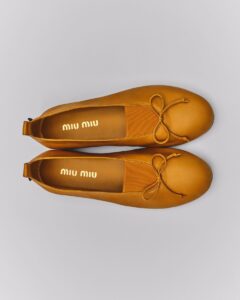 The 1990s: Establishing the Playful Sister
The 1990s: Establishing the Playful Sister
-
1993 debut collection introduced the brand as a space for Miuccia to explore creativity without the commercial constraints of Prada.
-
Emphasis on quirky prints, unexpected layering, and playful proportions.
-
Quickly gained a cult following among fashion insiders for its anti-establishment take on luxury.
2000s: Celebrity & Pop Culture Recognition
-
Miu Miu gained momentum through celebrity endorsements and red-carpet appearances.
-
Opened flagship stores in New York, London, Paris, and Tokyo, cementing itself as a global fashion presence.
-
Expanded into accessories, eyewear, and footwear — many of which became cult items (think studded heels and embellished bags).
2010s: Art, Film, and Cultural Expansion
-
2011: Launch of the Miu Miu Women’s Tales — a short-film series by female directors exploring femininity and storytelling. This blurred the line between fashion marketing and cultural contribution.
-
The brand began hosting art-driven events and collaborating with emerging creatives, positioning itself as a thought leader in the intersection of art, cinema, and fashion.
-
Ballet flats, glitter booties, and quirky handbags became signature products.
2020s: The “Hottest Brand” Era
-
2022: The Miu Miu micro-mini skirt went viral, appearing in countless editorials, influencer posts, and street style shots. It became one of the decade’s defining fashion moments.
-
Revival of balletcore trends with satin ballet pumps, pleated skirts, and soft knitwear.
-
Topped Lyst’s “Hottest Brand” list multiple times, surpassing Prada in cultural buzz.
-
Sales surged despite broader luxury slowdowns — jumping 93% in the first half of 2024, approaching €1 billion in revenue.
-
Continued integration into pop culture, from TikTok styling videos to high-profile runway appearances by unexpected figures like Willem Dafoe.
Why It Endures
Miu Miu thrives because it’s:
-
Agile in trends but retains a strong brand identity.
-
Narrative-driven, weaving storytelling into campaigns and events.
-
Culturally fluent, speaking to Gen Z while still appealing to long-time luxury shoppers.
-
Visually distinct, avoiding the trap of being “Prada-lite.”
The Takeaway
Miu Miu’s dominance is no accident. It’s a case study in cultural fluency, the art of going viral without pandering, and staying commercially relevant without diluting identity. As we look toward 2025 and beyond, expect more brands to borrow from the Miu Miu playbook — but few will execute it as effortlessly.
If you’re a shopper, stylist, or fashion insider, keeping your eye on the labels above will ensure you’re ahead of the curve.
